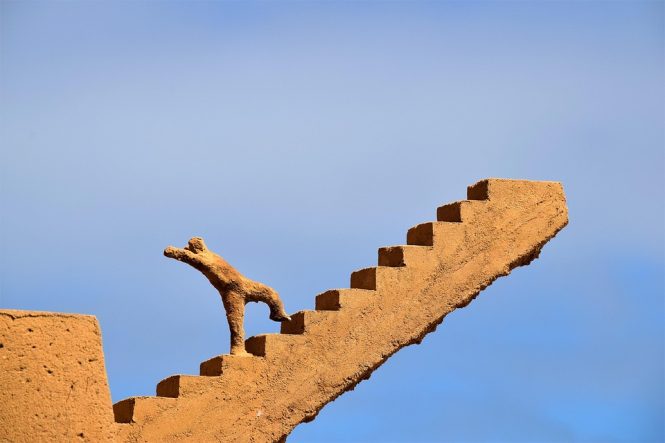
The Art of Hurdles Technique and Rhythm for Success
Hurdling is a highly technical event in track and field that requires a combination of speed, strength, and agility. The art of hurdles technique and rhythm is crucial for success, as it enables athletes to overcome obstacles with ease and efficiency. In this article, we will delve into the key elements of hurdles technique and rhythm, and provide tips and strategies for athletes to improve their performance.
Understanding the Fundamentals of Hurdles Technique
Effective hurdles technique involves a combination of proper body positioning, leg movement, and arm swing. The following are the key elements of hurdles technique:
- Body Positioning: Athletes should maintain a tall, upright posture with their head, shoulders, and hips aligned. This helps to reduce air resistance and allows for a more efficient transfer of energy from one hurdle to the next.
- Leg Movement: The lead leg should be bent at a 90-degree angle, with the foot striking the ground directly under the knee. The trail leg should be extended, with the foot striking the ground behind the body. This helps to generate power and speed.
- Arm Swing: The arms should be swung in a wide, circular motion, with the elbows bent at a 90-degree angle. This helps to maintain balance and generate momentum.
The Importance of Rhythm in Hurdles
Rhythm is a critical component of hurdles technique, as it enables athletes to maintain a consistent pace and efficiently clear obstacles. A good rhythm involves:
- Stride Length: Athletes should aim for a consistent stride length, with each stride covering a similar distance. This helps to maintain a consistent pace and reduce the risk of errors.
- Stride Frequency: Athletes should aim for a high stride frequency, with quick turnover and rapid recovery between strides. This helps to generate speed and power.
- Hurdle Clearance: Athletes should aim to clear each hurdle with a consistent technique, using the same amount of force and momentum each time. This helps to maintain a consistent rhythm and reduce the risk of errors.
Tips and Strategies for Improving Hurdles Technique and Rhythm
The following are some tips and strategies for improving hurdles technique and rhythm:
- Practice with Drills: Drills such as high knees, butt kicks, and carioca drills can help athletes develop the strength, speed, and agility needed for hurdling.
- Focus on Proper Body Positioning: Athletes should focus on maintaining proper body positioning, with their head, shoulders, and hips aligned.
- Develop a Pre-Hurdle Routine: Athletes should develop a pre-hurdle routine, such as taking deep breaths or visualizing success, to help them stay focused and composed.
- Practice with Hurdles of Different Heights: Athletes should practice with hurdles of different heights to develop their technique and adaptability.
- Film Analysis: Athletes should film their performances and analyze their technique to identify areas for improvement.
Conclusion
The art of hurdles technique and rhythm is a complex and nuanced aspect of track and field. By understanding the fundamentals of hurdles technique and developing a consistent rhythm, athletes can improve their performance and achieve success. With practice, patience, and dedication, athletes can master the art of hurdles and become champions in their event. Remember, technique and rhythm are key to success in hurdles, and with the right training and mindset, athletes can overcome obstacles and achieve their goals.